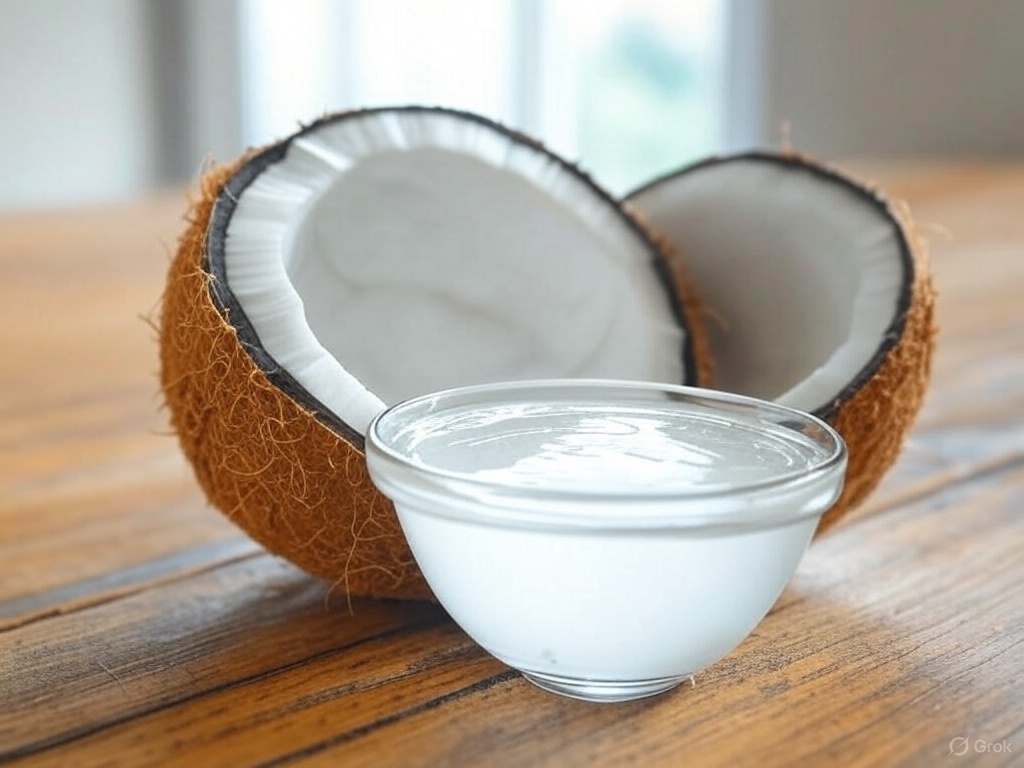The debate around omega-6 and omega-3 fatty acids has gained significant attention in the world of nutrition and health.
While both are essential fats that the body cannot produce on its own, their balance in our diet is crucial for optimal well-being.
Many people ask, Is omega-6 bad? The short answer is no—omega-6 fatty acids are not inherently harmful, but an imbalance in the omega-6 to omega-3 ratio can lead to chronic inflammation, increasing the risk of numerous diseases.
In this blog, we’ll dive deep into the molecular mechanisms of these fats, their roles in the body, and how to optimize your intake for better health.
JUMP TO…
What Are Omega-6 and Omega-3 Fatty Acids?
The Omega-6:Omega-3 Ratio – Why It Matters
Omega-6 Rich Foods: Are They Harmful?
Best Sources of Omega-3: How to Increase Your Intake
Is Olive Oil Omega-3 or Omega-6?
Practical Tips for Balancing Your Omega-6 and Omega-3 Intake
What Are Omega-6 and Omega-3 Fatty Acids?
Omega-6 and omega-3 fatty acids are both polyunsaturated fats (PUFAs), meaning they contain multiple double bonds in their carbon chain. The placement of the first double bond from the methyl end (omega end) determines their classification.
- Omega-3 fatty acids have their first double bond at the third carbon from the omega end.
- Omega-6 fatty acids have their first double bond at the sixth carbon from the omega end.
The molecular structure of these fats influences their function in the body. Omega-3s, particularly EPA (eicosapentaenoic acid) and DHA (docosahexaenoic acid), are known for their anti-inflammatory properties.
They are precursors to resolvins and protectins, compounds that actively reduce inflammation, help improve insulin sensitivity, and support cardiovascular & cognitive health (omega-3 fatty acids play an important role in dopamine regulation).
Conversely, omega-6s, such as arachidonic acid (AA), are precursors to eicosanoids like prostaglandins and leukotrienes, which are involved in immune responses and inflammation regulation.
The Omega-6:Omega-3 Ratio – Why It Matters
Historically, humans consumed an omega-6 to omega-3 ratio of approximately 1:1 to 4:1, which helped maintain a balanced inflammatory response. However, with the rise of processed foods and vegetable oils, the modern Western diet now has a ratio of about 15:1 to 20:1, heavily favoring omega-6s.

This imbalance matters because omega-6-derived eicosanoids tend to be more pro-inflammatory than their omega-3 counterparts.
While inflammation is a necessary immune response, chronic inflammation can lead to conditions such as heart disease, arthritis, and neurodegenerative disorders.
The enzyme cyclooxygenase (COX) and lipoxygenase (LOX) pathways metabolize both omega-6 and omega-3 fatty acids, but when omega-6 intake is too high, these pathways favor the production of inflammatory mediators like thromboxanes and prostaglandins.
Omega-6 Rich Foods: Are They Harmful?
Omega-6 fats are found in many foods, especially those containing vegetable oils such as soybean, corn, sunflower, and safflower oils. These oils are staples in processed foods, fast food, and snacks, contributing to excessive omega-6 consumption.
However, not all omega-6 sources are equal. Whole foods such as nuts, seeds, and pasture-raised meats contain omega-6s in more balanced proportions with other nutrients that counteract excessive inflammation.
Best Sources of Omega-3: How to Increase Your Intake

Omega-3 fatty acids are less abundant in the modern diet, requiring conscious effort to consume adequate amounts. The best dietary sources include:
- Fatty fish (salmon, mackerel, sardines, and anchovies) – Rich in EPA and DHA
- Chia seeds, flaxseeds, and walnuts – Contain ALA (alpha-linolenic acid), which the body converts (inefficiently) to EPA and DHA
- Algae-based supplements – A great plant-based source of DHA
One challenge with omega-3 intake is that ALA, found in plant-based sources, must be converted into EPA and DHA through a series of enzyme-driven steps.
Unfortunately, this conversion process is inefficient in humans, with less than 10% of ALA being successfully converted into bioavailable omega-3s. This is why direct intake of EPA and DHA from marine sources or supplements is often recommended.
Is Olive Oil Omega-3 or Omega-6?
Olive oil is often praised for its health benefits, but where does it stand in the omega-3 vs. omega-6 debate?
Olive oil is predominantly composed of monounsaturated fat, specifically oleic acid (omega-9), with small amounts of omega-6 and virtually no omega-3s.
Unlike vegetable oils that are high in omega-6 fatty acids, which can contribute to inflammation when consumed in excess, olive oil provides a heart-healthy fat profile without tipping the omega-6 to omega-3 ratio in the wrong direction.
The real health benefits of olive oil come from its high antioxidant content, particularly polyphenols, which help fight inflammation, support brain health, and protect against chronic diseases.
This makes olive oil a superior choice for cooking and everyday use, as it promotes overall well-being without the pro-inflammatory effects of many seed oils.
Practical Tips for Balancing Your Omega-6 and Omega-3 Intake
To restore a healthier omega-6 to omega-3 ratio, consider these strategies:

- Reduce consumption of vegetable oils – Limit soybean, corn, sunflower, and safflower oils in cooking and processed foods.
- Increase fatty fish intake – Aim for at least two servings of fatty fish per week.
- Use healthier cooking oils – Opt for extra virgin olive oil, avocado oil, or coconut oil instead of high-omega-6 oils.
- Incorporate more omega-3-rich foods – Add chia seeds, flaxseeds, walnuts, and algae-based omega-3 supplements to your diet.
- Limit processed foods – Many snacks and fast foods are loaded with omega-6-rich oils.
- Consider supplementation if needed – High-quality fish oil or algae-based omega-3 supplements can help bridge the gap.
Conclusion
The balance between omega-6 and omega-3 fatty acids is a critical factor in maintaining long-term health. While omega-6s are not inherently bad, excessive consumption, particularly from processed sources, can contribute to chronic inflammation. On a molecular level, the competition between these fatty acids for enzymatic pathways dictates the body’s inflammatory response. By making informed dietary choices, emphasizing omega-3-rich foods, and reducing excess omega-6 intake, you can promote better cardiovascular health, cognitive function, and overall well-being.
Achieving a balanced omega-6 to omega-3 ratio isn’t about eliminating omega-6 entirely—it’s about ensuring your diet supports a healthy inflammatory balance. With small, mindful changes, you can harness the benefits of both essential fatty acids while minimizing the risks associated with modern dietary imbalances.

